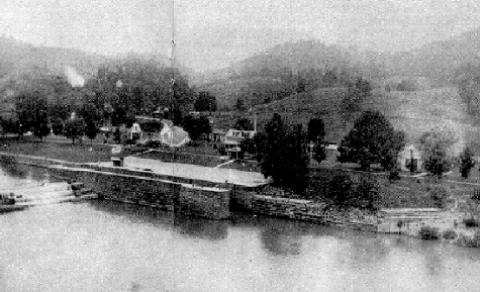
The Burning Springs No. 5 lock and dam was about
two miles upstream from the ghost town ...
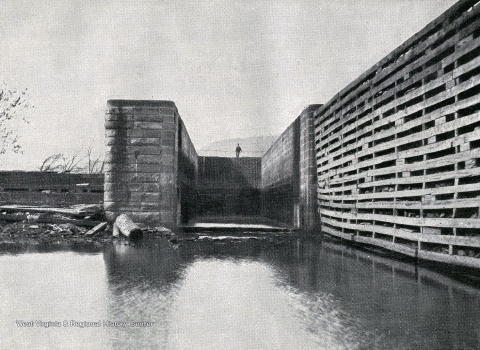
... and was built in 1891, creating the Creston Harbor, and
transportation by steam boats and later, gasoline powered boats
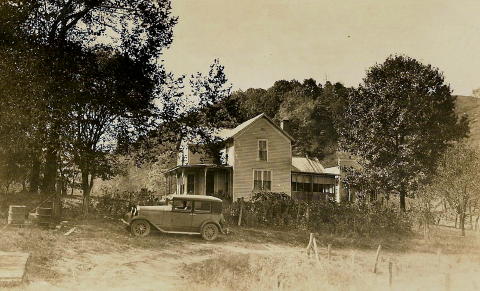
1903
historic house near dam with slight
view of the Ivan post office to right
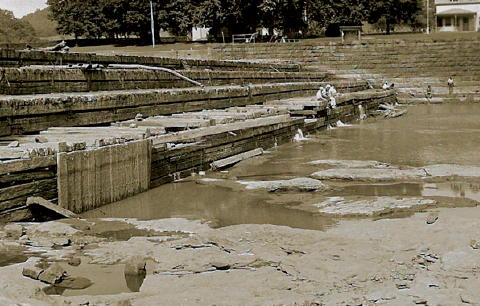
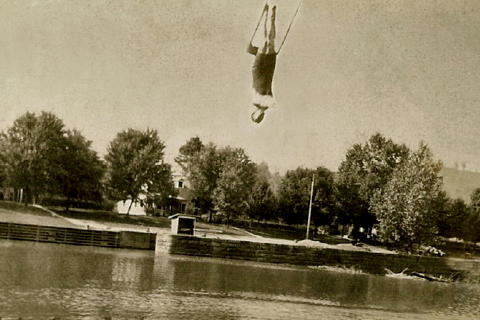
Broad views of No. 5 lock and dam including swimmer on swing about to take a dip
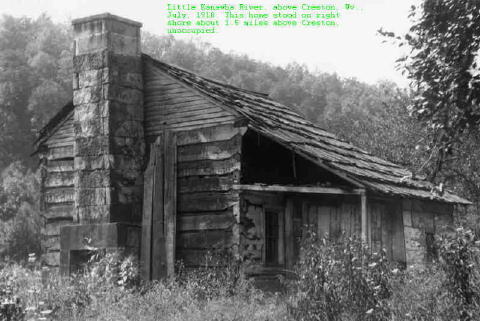
Historic log cabin in Creston area
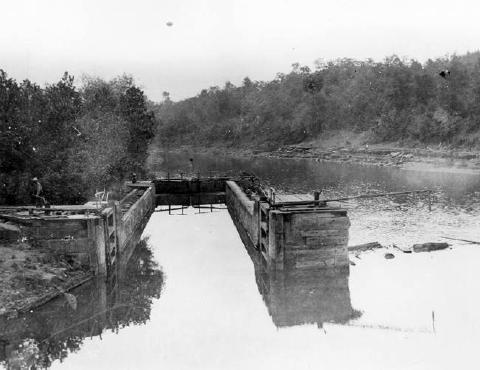
 Other views of long gone Burning Springs lock and dam
Other views of long gone Burning Springs lock and dam
By Bob Weaver 2022
It was a quantum leap to open the wild lands along the Little Kanawha River, the building of five locks and dams, stretching east of Parkersburg to Burning Springs.
Little was done when the Little Kanawha Navigation Company was formed in 1838, an ambitious outlook to build ten locks and dams all the way east to Burnsville.
The No. 5 dam, the last, was constructed in 1891 at Burning Springs.
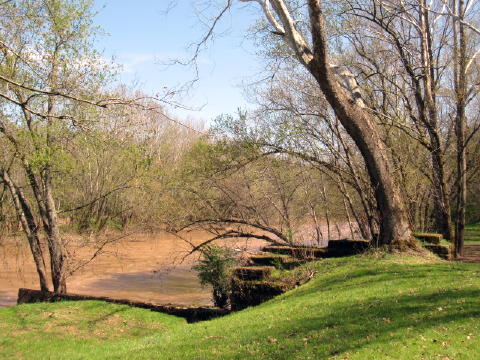
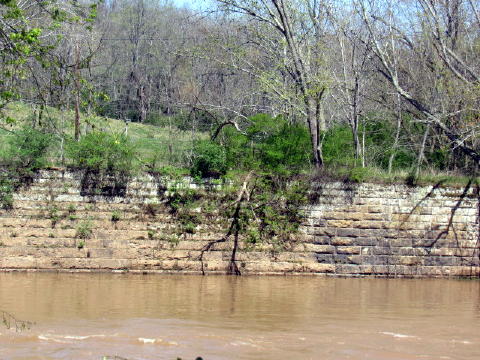
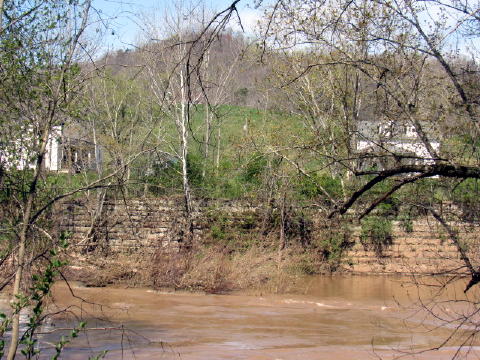
The remnants of No. 5 are still present in 2022, rest-
ing along the pastoral land of the Little Kanawha River
That dam raised the LK River level to create the Creston Harbor and certainly open traffic to the Town of Grantsville in Calhoun County and beyond.
Historic photos show steam and paddle boats in Creston, preceding the arrival of gasoline engines. Perhaps a hundred boats delivered goods and passengers upstream as far as Burnsville, until river traffic ended in the 1930s.
Teresa Stutler Starcher, who talked with the late Seward Lynch, who described the river transport of logs from Creston to Parkersburg:
"Each timber raft was 22 feet wide and up to 124 feet long to go through the (five) locks on the Little Kanawha. Sometimes 30-50 rafts were bound together as a fleet floating down the river."
"The fleet was generally taken apart at each lock and then bound together again. It was said that some years 1,000 "lockages" of timber went down the river each year, sometimes taking up to three weeks to reach Parkersburg."
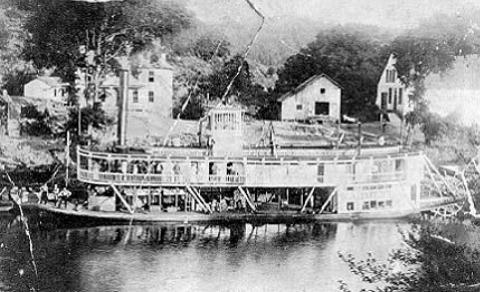
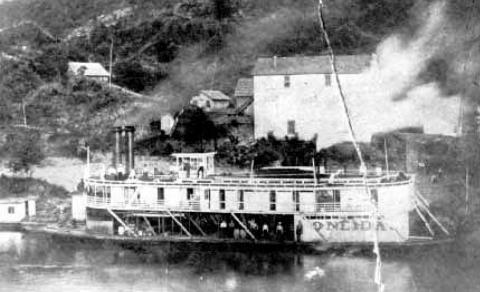
Difficult to imagine, steamboats in Creston Harbor
Driving the development of river travel, was the discovery of oil and gas in the region, first launched about 1860 by the discovery of oil at Burning Springs.
Burning Springs was a boom town, people leasing and staking their claim for oil and later natural gas. The town, depending upon which account you use, could have had 7,000 or more residents.
Writer Delores Bain Patterson said the town had stores, hotels, saloons, dance halls, brothels, liveries, and blacksmith shops, saying it was a "lawless town."
Howard Lee, David McKain and others have written books about the region, a more recent book "Images of America:Wirt County" by Robert T. Lowe.
When the Civil War came, the entire town was destroyed by fire in 1863 by Confederate troops, tens of thousands of gallons of oil dumped into the Little Kanawha River and set fire. The fire burned all the way to Parkersburg.
The town was destroyed because the government had levied a $1 per barrel tax, disrupting the northern economy.
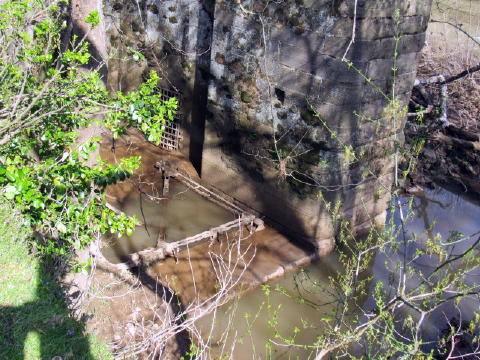
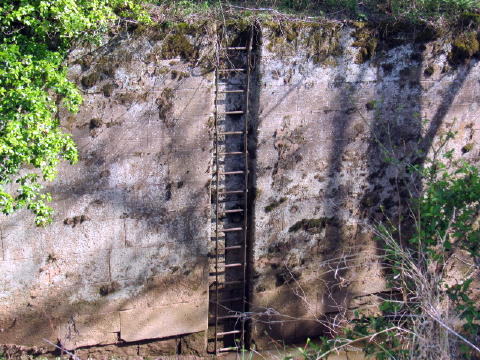
The workings of Burning Springs Lock 5 are still present in 2022
| 


